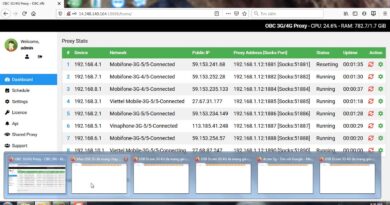1.4 || Representation And Conversion of IP Addresses || Computer Network #IPRepresentation #TechTalk
तरह Operating System का complete course देखना चाहते हैं, तो Link को Press करे.
100% Operating system सिख जाओगे. ☝️☝️☝️
Data structure का Playlist देखना चाहते हैं, तो Link को Press करे.
IP addresses, essential in networking, serve as unique identifiers for devices on a network. Represented in either IPv4 (e.g., 192.168.0.1) formats, they undergo conversion between binary and decimal for human readability. IPv4, with 32 bits, splits into four octets, while IPv6, with 128 bits, employs hexadecimal notation. The conversion involves translating decimal to binary for IPv4 and hexadecimal for IPv6, facilitating communication across diverse network architectures.
1. IP Address Representation
2. IP Address Conversion
3. IPv4 vs IPv6
4. Binary to Decimal Conversion
5. Hexadecimal Notation
6. Networking Basics
7. Internet Protocol Explained
8. Understanding IP Addresses
9. Network Communication
10. IP Address Tutorial
11. Networking Concepts
12. Tech Explainer
13. Computer Science Basics
14. IPv6 Hexadecimal Conversion
15. Networking Standards
Hashtags:
#IPAddresses #Networking101 #TechExplained #IPv4 #IPv6 #BinaryConversion #HexadecimalNotation #ComputerScience #NetworkCommunication #TechTutorial
@bbblearncoading_173
ip address



